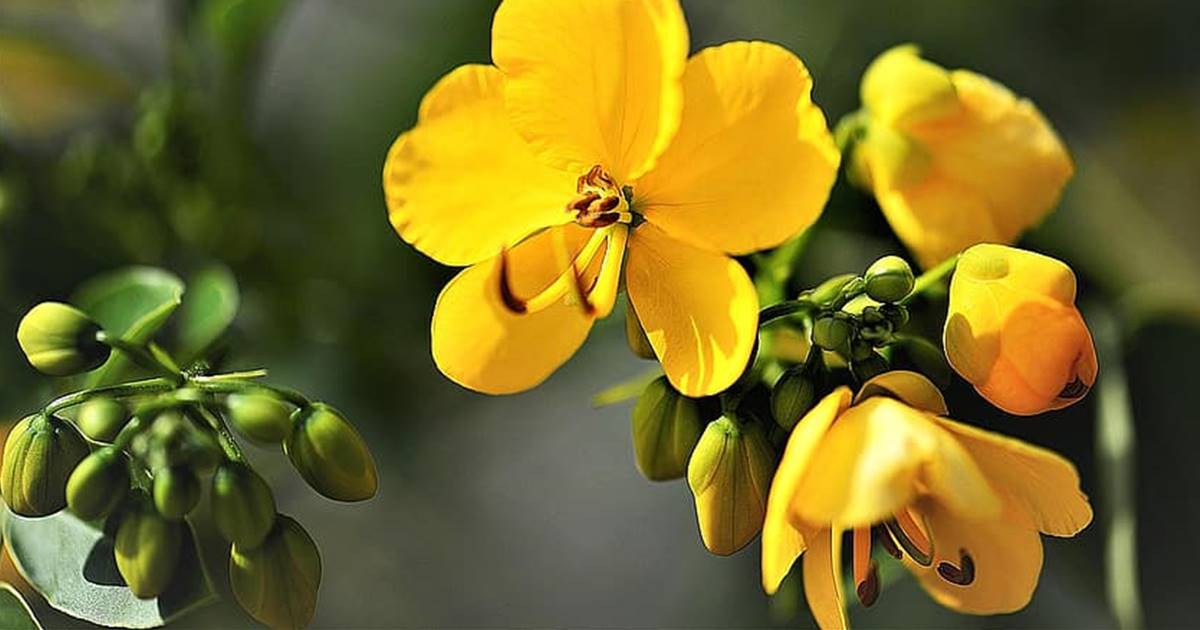| Cassia Angustifolia |
Cassia angustifolia, a well-known herb used primarily for its strong laxative effect:

Common Name: Senna, Indian Senna
Hindi Name: Sanay, Sonamukhi
Sanskrit Name: Svarna Patri, Rajavriksha
Botanical Name: Cassia angustifolia
Family: Fabaceae (Legume family)
Type: Shrub or small perennial herb
🌱 Plant Description
- Height: 1–2 meters
- Leaves: Long, narrow, feather-like (hence “angustifolia” meaning narrow-leaved)
- Flowers: Bright yellow, small, clustered
- Fruits: Flat pods containing small, hard seeds
- Habitat: Grows well in arid and semi-arid regions (native to India & Sudan)
🔬 Active Compounds
- Sennosides A & B – Primary laxative agents (stimulate colon motility)
- Anthraquinones – Promote bowel movement
- Flavonoids, mucilage, resins
💊 Medicinal Uses of Senna
| Use | Effect |
|---|---|
| Constipation | Strong laxative, used short-term for relief |
| Colon cleansing | Used before medical procedures like colonoscopy |
| Skin | Decoction used externally in eczema or fungal infections |
| Worms & parasites | Mild vermifuge (though not primary use) |
| Weight loss teas | Common ingredient due to its purgative effect (not recommended for long-term) |
🌼 Ayurvedic Properties
| Property | Description |
|---|---|
| Rasa (Taste) | Bitter, Sweet |
| Virya (Potency) | Cooling |
| Vipaka (Post-digestive effect) | Pungent |
| Effect on Doshas | Primarily reduces Pitta and Kapha, may aggravate Vata if overused |
🧪 How It’s Used
- Dried leaf or pod powder – Taken with warm water
- Tea/infusion – Steeped Senna leaves (popular in herbal “detox teas”)
- Tablet/capsule form – Standardized dosage
- External wash – Decoction applied to skin conditions
⚠️ Precautions
Always follow proper dosage or consult a practitioner
Not suitable for pregnant women, children, or those with intestinal conditions (IBD, ulcers, etc.)
